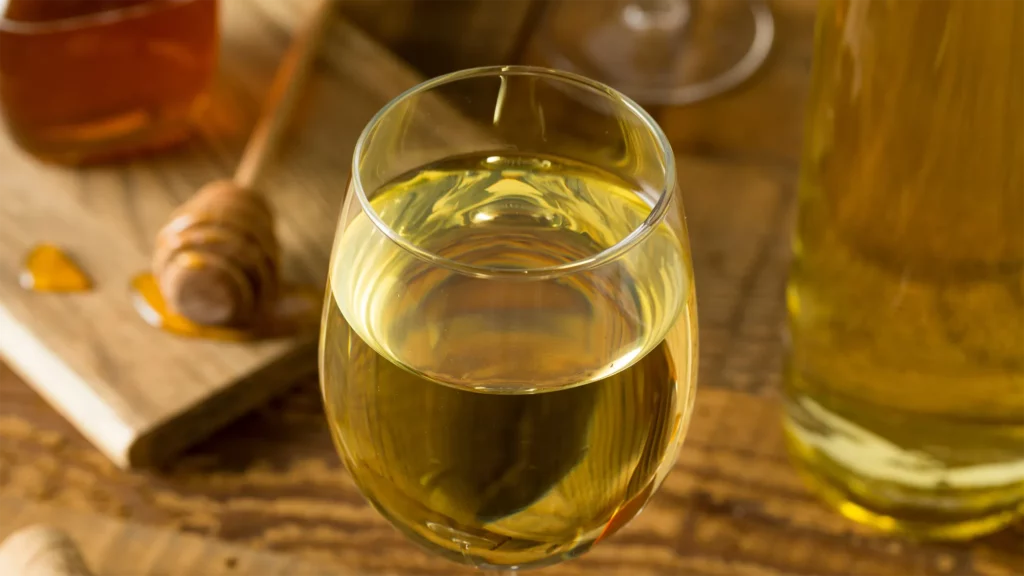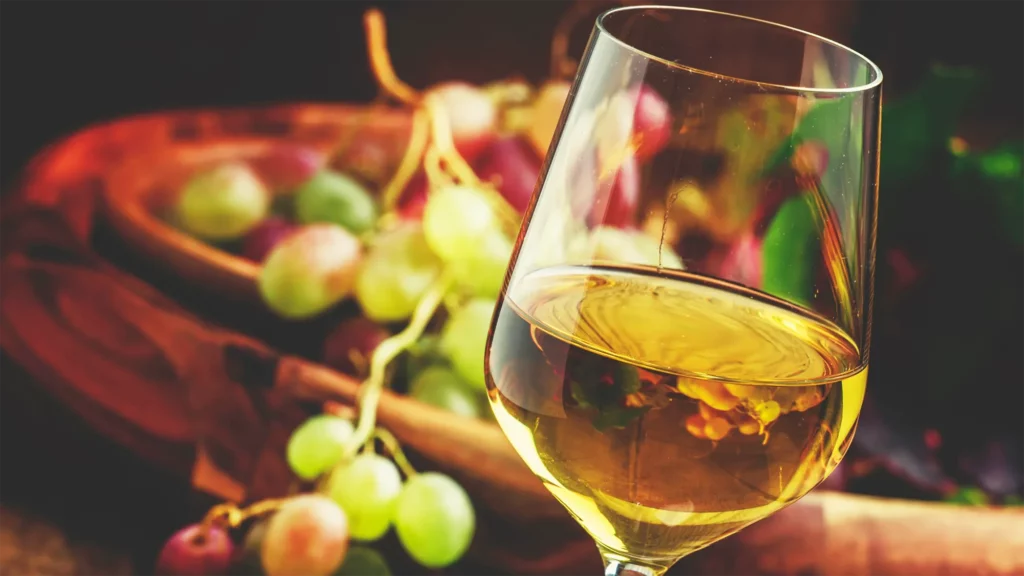Ice wine is a unique variety of wines produced under specific climatic conditions. The name is the translation of the German term “esiwein.”
Index:
- Origins and History
- Production Regions
- Varieties of Grapes Used
- Winemaking Process
- Organoleptic Characteristics
Origins and History of the Ice Wine
The first evidence of ice wine dates back to 1794 in the German city of Wurzburg. In that year, an early frost seemed to jeopardize the grape harvest, but the resolute farmers proceeded with vinification
The result was remarkable: an excellent wine, aromatic, and as dense as passito. Low temperatures froze the water in the grapes, concentrating sugars, acids, and aromas.
This gave birth to the term “eiswein,” or ice wine.
The production technique was perfected in 1955 by Hans Georg Ambrosi.

Production Regions
Beyond Germany, Austria and Ontario, ice wine is produced worldwide, including France, Slovenia, Croatia, Hungary, the Czech Republic, Slovakia, the United States, Australia, and New Zealand.
In Italy, they are quite rare, with a concentration in Piemonte (Val di Susa and Val Chisone) and Val d’Aosta (Morgex).
Varieties of Grapes Used for the Ice Wine
Grape varieties to produce the ice wine vary, but Riesling from the Rhine region is commonly employed for its pronounced acidity and diverse range of aromas.
Other white grape varieties include:
- Vidal (a cross between Trebbiano and Seibel 4986)
- Chardonnay
- Chenin Blanc
- Ehrenfeelser (a cross between Riesling and Sylvaner)
- Gewurztraminer
- Kerner
- Pinot Bianco
- Seyval Blanc
Red grape varieties used include:
Winemaking Process
Harvesting takes place in the early morning to prevent the grapes from thawing. Sometimes, harvesting occurs at night. The grapes are collected only in January.
Following the harvest, the grapes undergo pressing, extracting a small portion of juice due to their firmness. The resulting juice is rich in sugars.
Fermentation follows the pressing, with careful monitoring due to the high sugar content (180-300 g/l), which can slow down the process.
The ice wine vinification typically occurs in steel tanks, although some producers incorporate a brief aging period in wood.

To meet growing demand, some producers use artificial cryoextraction, freezing the grapes during pressing. The result is a pleasant wine, but it lacks the aromatic development found in naturally withered grapes.
In some autumns, humidity may lead to Botrys cinerea attacks, contributing a “noble rot” effect similar to passito.
Organoleptic Characteristics
The ice wine shows a golden or amber color. On the nose, one can perceive aromas of honey, cooked apples, very ripe exotic fruit, accompanied by sweet spicy notes and hints of preserves. On the palate, they are balanced with a pronounced savoriness.
Amo la buona cucina e le tradizioni enogastronomiche italiane, per me vino e dessert non sono solo un contorno ma la parte più interessante del buon vivere.









